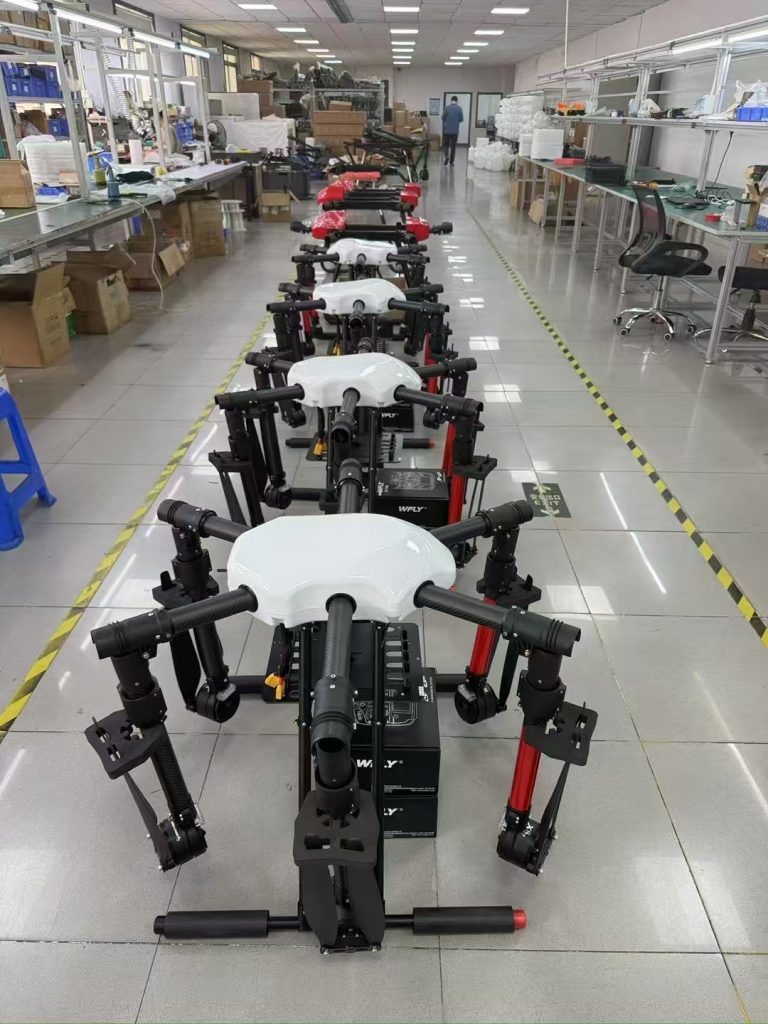
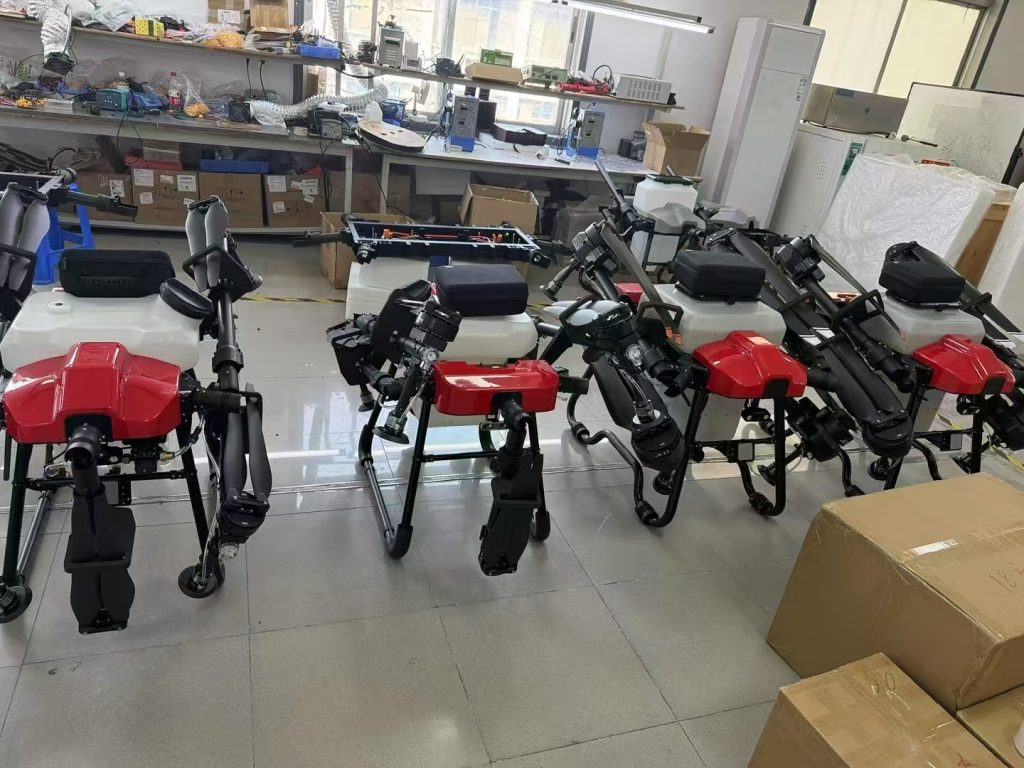
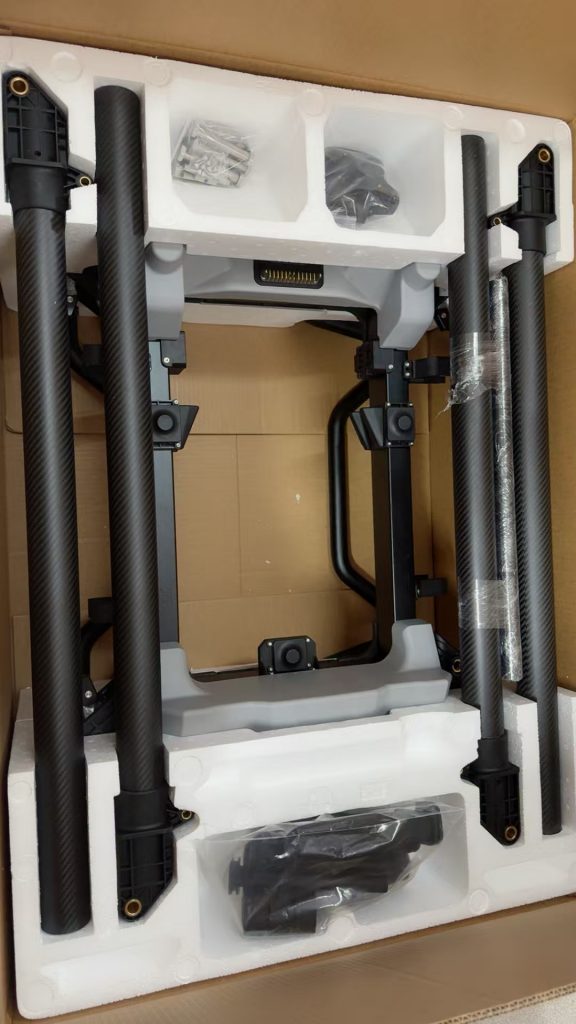
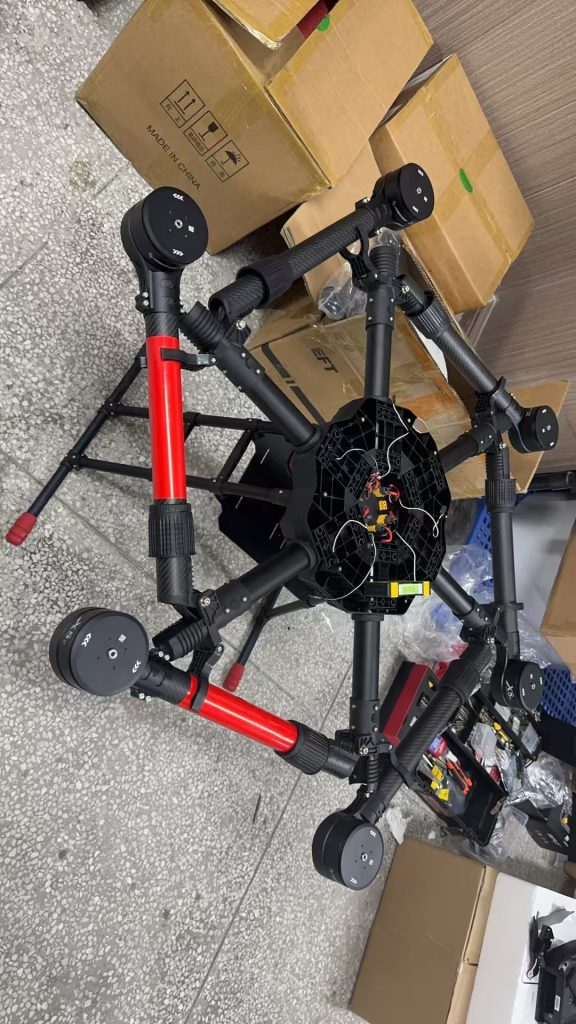
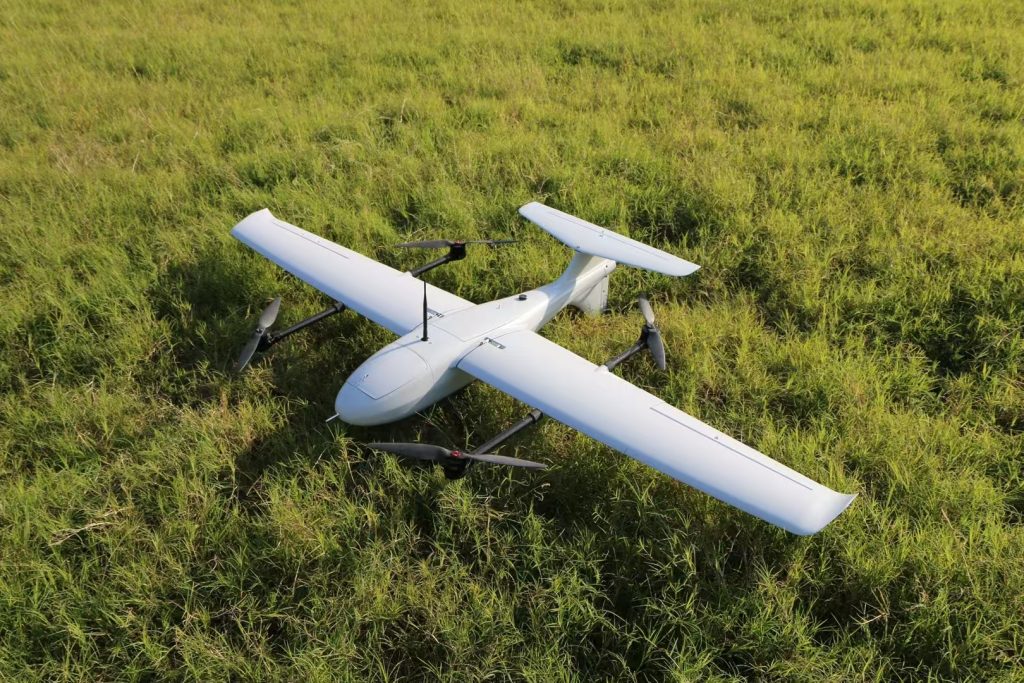
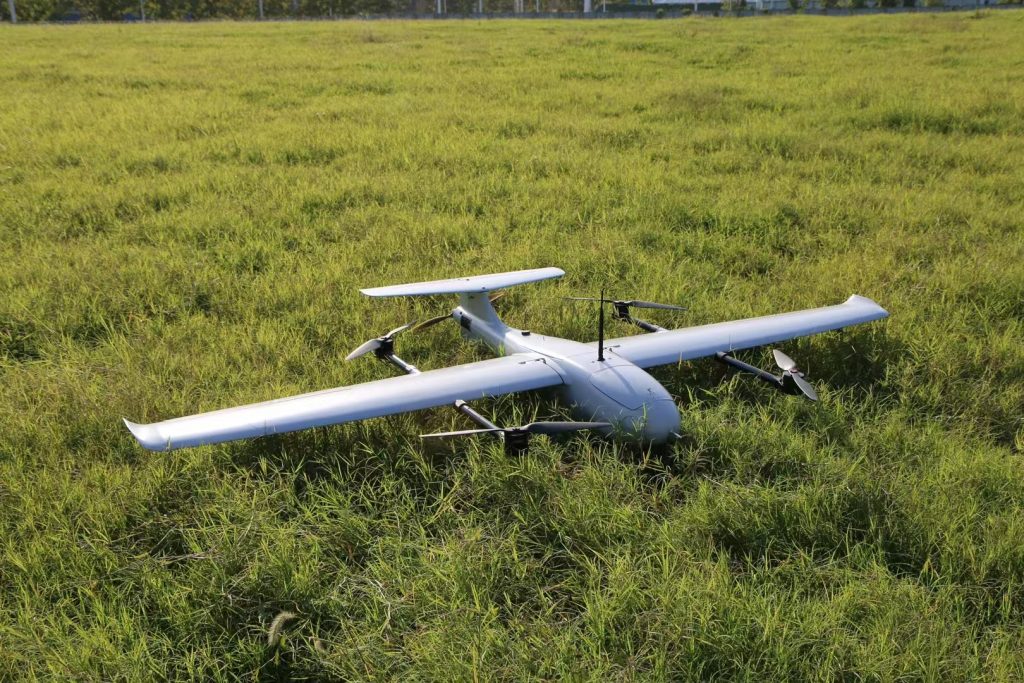
China’s agricultural landscape is undergoing a transformative shift as AI-powered drones redefine pesticide management practices. These cutting-edge machines are not only addressing critical challenges like labor scarcity and crop disease control but also setting new benchmarks for efficiency and sustainability. This article delves into how China’s innovative drone technology is shaping the future of pesticide application, offering insights into its global relevance.
Why AI-Driven Drones Are Critical for Modern Agriculture
With a growing population and shrinking arable land, Chinese farmers are under pressure to maximize yields while minimizing environmental impact. Traditional pesticide spraying struggles to keep pace with these demands. Here’s where AI-integrated drones step in, offering solutions that blend precision, scalability, and intelligence.
Breakthrough Technologies in Agricultural Drones
- AI-Powered Pest Detection
Equipped with high-resolution cameras and machine learning algorithms, drones can identify pest infestations and disease symptoms in real time. This enables proactive interventions, reducing crop losses by up to 40% compared to reactive methods. - Dynamic Flight Optimization
Advanced drones adapt to changing weather, wind patterns, and terrain using real-time sensor feedback. This ensures consistent spray quality even in challenging conditions, such as mountainous regions or densely planted fields. - Variable Rate Spraying (VRS)
Unlike conventional drones that apply uniform amounts of pesticide, VRS technology adjusts dosages based on crop density and health metrics. This precision minimizes chemical waste and protects beneficial insects. - Battery Innovations for Extended Operations
Long-lasting lithium-titanate batteries enable drones to operate for over 40 minutes per charge, covering 5–10 acres in a single flight—ideal for large-scale farms.
Applications Across Diverse Farming Scenarios
Chinese agricultural drones are engineered to handle unique regional challenges:
- Rice Terraces in Southern China: Narrow, uneven terraces demand agile drones with obstacle-avoidance systems, now widely adopted to combat rice blast disease.
- Orchard Management in Shandong: Multi-rotor drones navigate dense fruit tree canopies to target pests like mites and aphids without damaging foliage.
- Desert Agriculture in Xinjiang: Drones equipped with thermal imaging monitor water-intensive cotton fields, optimizing pesticide use during droughts.
Government Support and Policy Impact
China’s commitment to smart agriculture is accelerating drone adoption. Subsidies for tech upgrades, coupled with mandates for reduced chemical use, have driven a 300% increase in drone sales since 2020. Initiatives like the “Digital Countryside” program further incentivize farmers to integrate drones with IoT-enabled irrigation and soil monitoring systems.
Sustainability: Balancing Yield and Ecology
Chinese agricultural drones prioritize eco-friendly practices:
- Reduced Chemical Runoff: Targeted spraying cuts chemical usage by 30–50%, preventing groundwater contamination.
- Lower Carbon Footprint: Electric drones produce zero direct emissions, aligning with China’s 2060 carbon neutrality goals.
- Biodiversity Protection: Minimal non-target spraying safeguards pollinators like bees, crucial for ecosystem health.
Case Study: From Challenges to Success
In Henan Province, wheat farmers combated fusarium head blight using AI drones. The system identified early infection signs, enabling precise fungicide application that boosted yields by 18% while slashing chemical costs by 22%. Similar projects in Yunnan’s tea plantations have reduced pesticide residues by 60%, enhancing export competitiveness.
The Road Ahead: Trends Shaping the Industry
- Swarm Technology: Coordinated drone fleets for ultra-large-scale operations, ideal for China’s massive farms.
- 5G Connectivity: Faster data transmission for real-time collaboration between drones, satellites, and farm managers.
- Blockchain Traceability: Recording pesticide application data to meet global food safety standards.
Conclusion: A New Era of Farming Intelligence
Agricultural drones are no longer optional—they’re a necessity for resilient farming in China and beyond. By merging AI, robotics, and sustainability, these machines empower farmers to grow more with less. For agribusinesses aiming to lead in efficiency and environmental stewardship, adopting drone technology is a strategic imperative.
Elevate Your Farming Practices with Intelligent Solutions
Discover how next-gen drones can optimize your pesticide management, reduce costs, and future-proof your harvests.
Keywords integrated: AI-driven drones, pesticide management, sustainable agriculture, future-proof farming, agricultural innovation, Chinese smart agriculture.












暂无评论内容